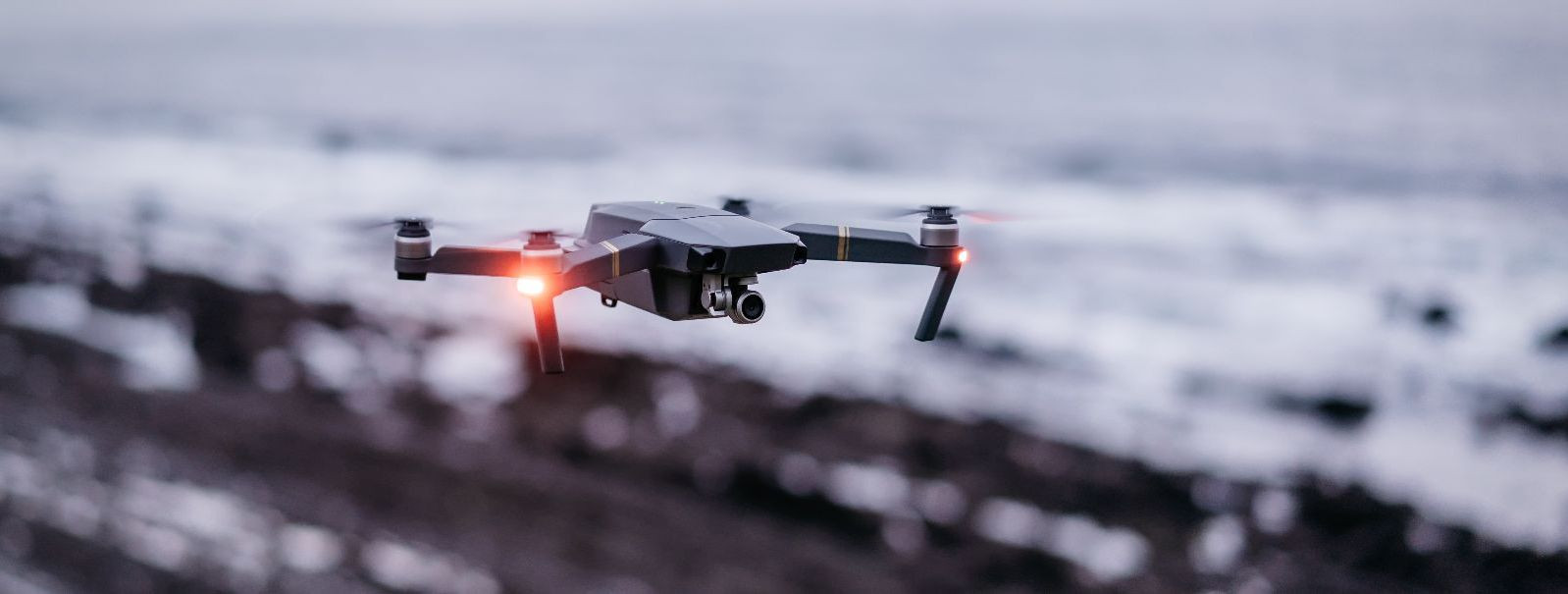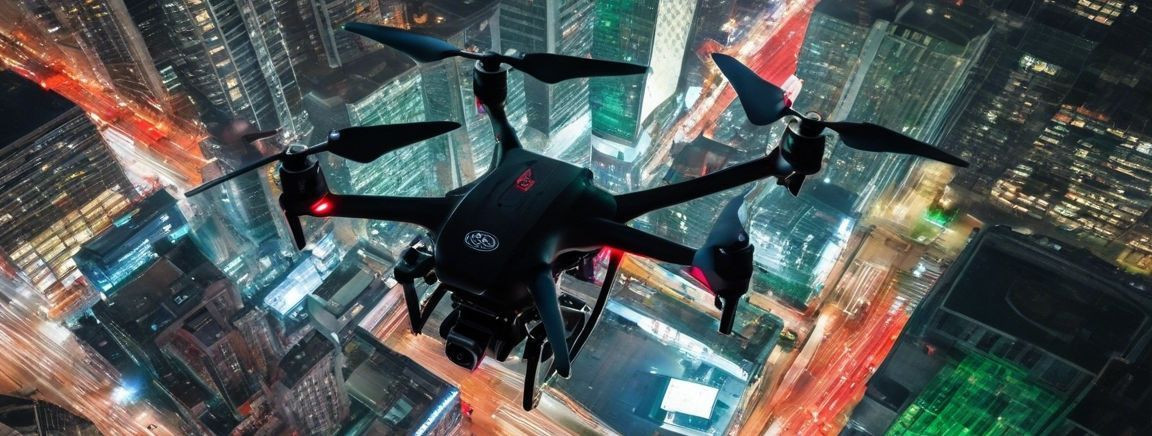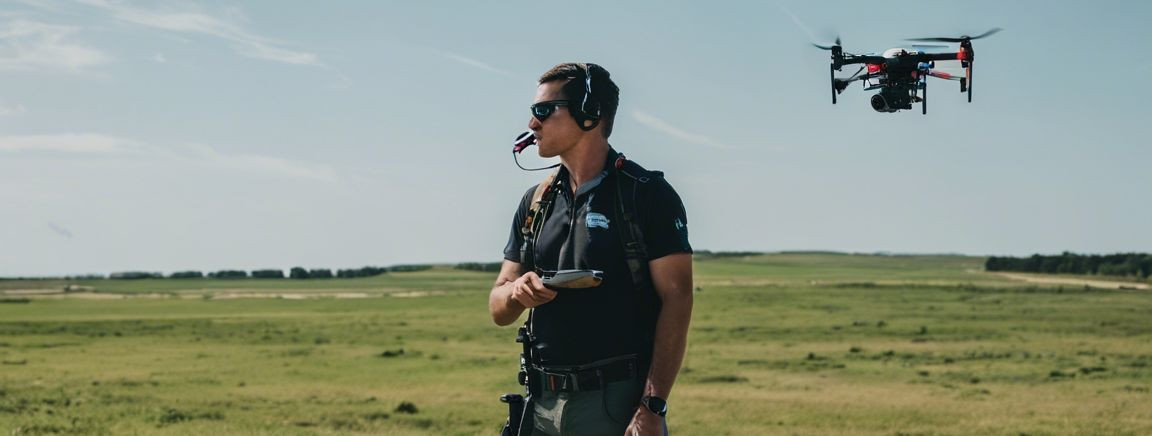U-space services: managing the skyways of tomorrow
The concept of U-Space is a framework designed to facilitate the safe and efficient movement of drones in low-level airspace. It represents a set of services and procedures to manage drone traffic, akin to traditional air traffic management systems for manned aircraft. The importance of U-Space services cannot be overstated as they are critical for ensuring safety, security, and the smooth integration of drones into the airspace.
As the skies become increasingly crowded with unmanned aerial vehicles (UAVs), the need for a modernized air traffic management system has become apparent. U-Space services are the next step in the evolution of airspace management, designed to accommodate the unique characteristics and requirements of drone operations.
The Components of U-Space
The foundation of U-Space services begins with electronic registration and identification of drones. This ensures that all UAVs operating in the airspace are traceable and accountable, which is essential for maintaining security and safety.
Flight planning and approval processes are crucial for preventing airspace conflicts. U-Space services provide a framework for UAV operators to submit their flight plans and receive necessary approvals before takeoff, streamlining the process and reducing the potential for incidents.
Integrating drones into the existing air traffic control (ATC) systems is a significant aspect of U-Space. This allows for real-time communication and coordination between UAV operators and ATC, ensuring that drones can safely coexist with manned aircraft.
In areas with high UAV traffic density, advanced U-Space services are required to manage the complexity. These services include tactical deconfliction, airspace design, and weather information, among others, to ensure efficient and safe operations.
Challenges in Implementing U-Space
Developing the technology to support U-Space services is a significant challenge. This includes creating reliable communication systems, robust data processing capabilities, and advanced algorithms for traffic management.
Establishing a regulatory framework that supports U-Space while ensuring public safety and privacy is another hurdle. This involves collaboration between government agencies, industry stakeholders, and UAV operators.
With the increase in drone usage, security becomes a paramount concern. U-Space services must address potential threats such as unauthorized drone flights and cyber-attacks on the management systems.
The Role of TRACKDEEP OÜ in U-Space Management
TRACKDEEP OÜ brings extensive expertise in drone technology and airspace security to the table. The company's solutions are designed to address the complexities of U-Space management, ensuring that clients can operate their UAVs with confidence.
Understanding that each client has unique needs, TRACKDEEP OÜ offers custom solutions tailored to the specific requirements of government defense agencies, aviation authorities, private security firms, and industrial companies.
At the heart of TRACKDEEP OÜ's services is a commitment to innovation and efficiency. The company continuously seeks to improve its offerings, ensuring that clients have access to the most advanced U-Space management solutions available.
Discover how TRACKDEEP OÜ can elevate your U-Space management and secure your operations in the skyways of tomorrow. Contact us for cutting-edge solutions tailored to your needs.






Comments (0)